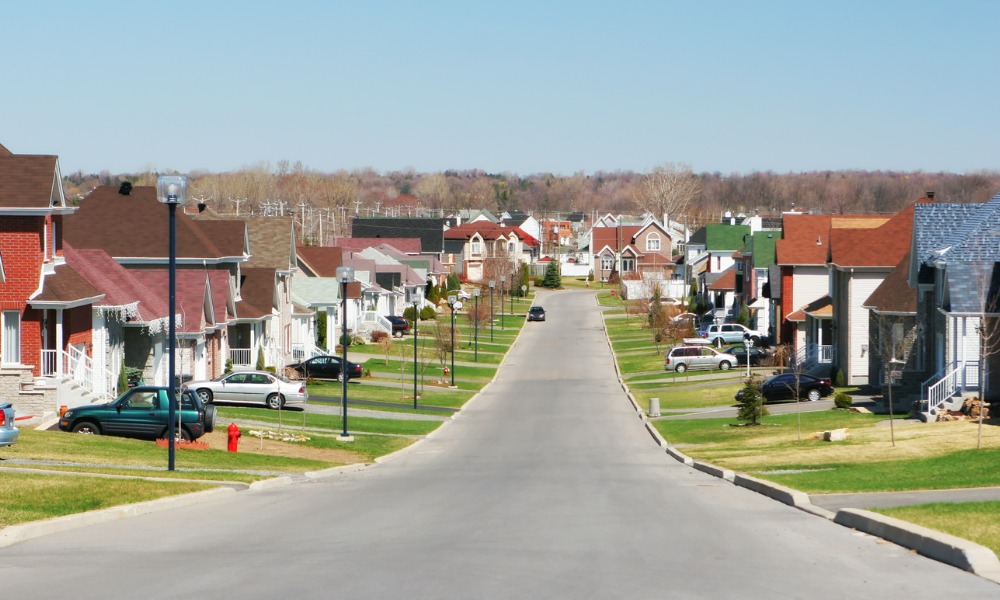CREA shares details

Canadian home sales remained historically high in December, driving a record listings shortage at the start of 2022.
The latest data from the Canadian Real Estate Association showed that home sales ticked up by 0.2% monthly in December, reaching their second-highest ever activity level for that month despite a 9.9% annual decline.
“Small gains in November and again in December followed on the heels of a 9% jump in activity in October, placing sales in the final quarter of 2021 between the highs and lows seen earlier in the year,” CREA said.
Across the whole of 2021, a total of 666,995 residential sales took place in Canada, setting a new record high and exceeding the previous annual record established in 2020 by more than 20%. The 2021 level was also 30% higher than the average over the last 10 years, CREA said.
Read more: What will happen to the Canadian housing market in 2022?
The number of new listings dropped by 3.2% from November to December, with supply boosts in the Greater Toronto Area dragged down by declines in Greater Vancouver, Montreal, and several other areas in Quebec. The national sales-to-new listings ratio stood at 79.7%, much tighter than the long-term average of 54.9%.
“With the housing supply issues facing the country having only gotten worse to start 2022, take any decline in sales early in the year with a grain of salt because the demand hasn’t gone away, there just won’t be much to buy until a little later in this spring,” said Cliff Stevenson, chair of CREA.
The national average home price grew by 17.7% annually to reach $713,500, with heavy influence from sales in Greater Vancouver and the GTA. CREA said that removing these two markets from the December calculation cuts more than $150,000 from the national average price.



